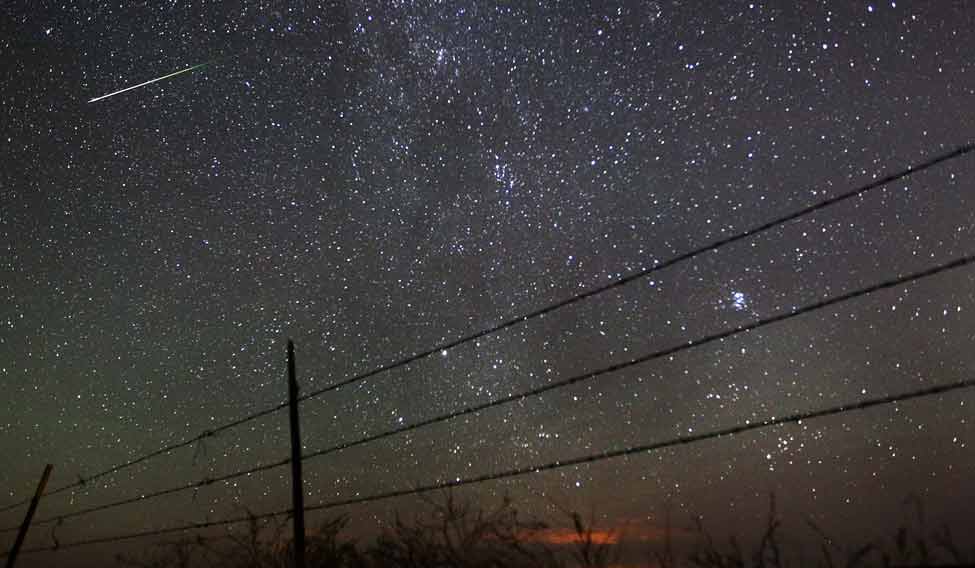Between 11 PM on August 12 and 5:30 AM (IST) on August 13, bright meteors will shower across the sky in India. US space agency NASA confirmed that the Perseid meteor shower will be at its peak on August 12 and 13. Though it is an annual event, it is special this year because the intensity of the shower will be higher. The earth is passing right through the middle of the most spectacular meteor shower this year.
Want to see some “shooting stars?" You’re in luck! The Perseid meteor shower peaks Aug 11-12 https://t.co/n7qW0JNeR9 pic.twitter.com/fn4jgQnpmw
— NASA (@NASA) August 11, 2016
In a normal year, the Perseids rain at a rate of 100 meteors per hour, and are second only to the Geminids (120 meteors an hour) on the list of most visible showers. This year, that rate is almost doubled to 160-200 meteors per hour, and is called an outburst. The last Perseids outburst was in 2009, but it doesn't compare with this year's event.
Brighter and faster
The Perseids are bits of the trail of dust and ice from the Comet Swift-Tuttle as it hurtles through space. When they hit the earth's atmosphere, they flare up into fireballs. They travel at a speed of 59 kilometres per second. Burning bright, they are known for their long tails. These meteors leave a trail of lingering ionised light, which lasts a while longer in the sky.
Blast from the past
The meteors on their way to the earth this year were formed when the Comet Swift-Tuttle flew by hundreds to thousands of years ago, says NASA. The comet orbits the sun every 133 years. There is enough comet dust to shower on the earth until the comet completes its orbit in 2216. Perseids pass by the earth's atmosphere through the constellation Perseus.
One of those rare times
Luck favours us this time. NASA experts say that this year, with the help of Jupiter's gravity, the trail is tugged closer. The earth happens to be closer to the middle of the path of three or more streams this year. The meteors won't collide with the earth—they usually burn up before they hit the surface.
Watch it live—online, if not offline
According to NASA, the visibility of meteor showers also depends on the moon. The light that reflects off the moon reduces visibility. But even that wouldn't reduce the intensity this year. To maximise viewing effect, pick a spot that's far from urban light and pollution. You wouldn't need a telescope, because the light from the fireballs will be bright enough to be seen by the naked eye. For those who have no chance of getting far enough, Ustream is broadcasting the event live. You can watch it at 5:30 AM IST on August 13 here: http://www.ustream.tv/channel/nasa-msfc
Fantastic Vine of last night's Perseid Meteor Shower by Evosia 🌌https://t.co/QorbHGUnmb
— Crystal Fish (@Crystal_Fishy) August 12, 2016





